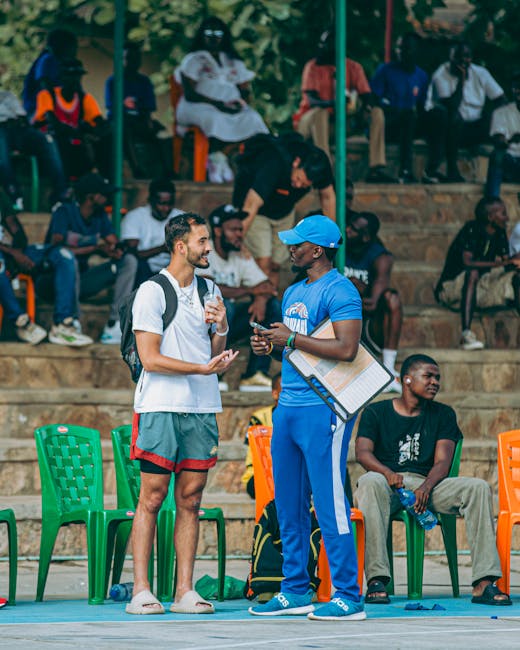Fitness Gloves: Your Workout Partner
Choosing the right fitness gloves can significantly enhance your workout experience, offering protection, improved grip, and increased comfort. But with a plethora of options available, navigating the market can be daunting. This detailed guide delves into the world of fitness gloves, exploring various types, features, materials, and factors to consider when making your selection.
Types of Fitness Gloves:
The fitness glove market caters to diverse needs and workout styles. Understanding these variations is crucial for selecting the perfect pair.
-
Full Finger Gloves: These gloves offer maximum protection, covering the entire hand and fingers. They’re ideal for weightlifting, CrossFit, and other high-impact activities where hand protection is paramount. They can mitigate callus formation, reduce wrist strain, and provide a secure grip, especially when dealing with heavy weights or bars. Look for features like reinforced stitching and padded palms for optimal durability and cushioning.
-
Half Finger Gloves: Providing a balance between protection and dexterity, half-finger gloves cover the palm and back of the hand while leaving fingers free. This design suits activities requiring a more nuanced grip, such as pull-ups, climbing, and certain types of weight training. They allow for better feel and control of the equipment, making them popular among athletes seeking both safety and dexterity.
-
Fingerless Gloves: These gloves cover only the palm and wrist, offering minimal protection but maximum breathability. Perfect for activities like cycling, rowing, or using resistance machines, they prioritize comfort and airflow while offering some grip enhancement. They’re lightweight and allow for a natural hand feel.
-
Weightlifting Gloves: Specifically designed for heavy weightlifting, these gloves prioritize wrist support and palm protection. They often feature longer wrist straps for added stability and thicker padding to absorb impact. Reinforced stitching and durable materials ensure longevity, even with intense workouts.
Key Features to Consider:
Beyond the type of glove, several key features differentiate quality options:
-
Padding: The level of padding directly influences comfort and impact absorption. Thicker padding provides superior protection against calluses and blisters, particularly beneficial for weightlifting. However, excessive padding can compromise dexterity. Consider the intensity of your workouts when choosing padding thickness.
-
Wrist Support: Many fitness gloves incorporate wrist straps or wraps for added support and stability. This is especially crucial for weightlifting and activities involving heavy lifting, helping prevent injuries and improve performance. Adjustable straps allow for a customized fit, catering to individual wrist sizes and preferences.
-
Material: The material plays a critical role in comfort, breathability, and durability. Common materials include leather, synthetic leather, nylon, and neoprene. Leather offers exceptional durability and grip but requires more maintenance. Synthetic leather provides a more affordable and often easier-to-clean alternative. Nylon and neoprene are lighter and more breathable, suitable for less intense workouts.
-
Breathability: Maintaining hand coolness and dryness is vital, particularly during intense workouts. Gloves with breathable materials and ventilation panels prevent sweat buildup and discomfort. Look for mesh panels or strategically placed perforations for improved airflow.
-
Grip: A secure grip is essential for any fitness activity. Gloves with textured palms or specialized grip materials enhance your hold on equipment, minimizing slippage and maximizing control. Consider the type of equipment you’ll be using; some materials grip better on certain surfaces.
-
Fit: The fit of your gloves is paramount for comfort and performance. Gloves that are too tight restrict blood flow and can cause discomfort, while gloves that are too loose offer inadequate support and can slip. Check the manufacturer’s size chart and consider trying them on before purchasing if possible.
Choosing the Right Gloves for Your Workout:
The best fitness gloves depend heavily on your specific workout routine and personal preferences. Consider these guidelines:
-
Weightlifting: Opt for full-finger or half-finger gloves with substantial padding and robust wrist support. Leather or synthetic leather is preferred for durability.
-
CrossFit: Versatile gloves capable of handling various activities are crucial. Full-finger or half-finger designs with good padding and breathability are ideal.
-
Calisthenics: Fingerless or half-finger gloves prioritizing dexterity and breathability are often preferred.
-
Cycling: Fingerless or thin half-finger gloves are suitable, focusing on comfort and a secure grip on the handlebars.
-
Yoga: Lightweight, breathable gloves with minimal padding are usually sufficient, providing a better grip on the mat without hindering movement.
Maintenance and Care:
Proper maintenance prolongs the lifespan of your fitness gloves. Always follow the manufacturer’s cleaning instructions. Air-drying is generally recommended over machine washing, which can damage the material. Regularly inspect the gloves for wear and tear, replacing them if necessary to maintain safety and optimal performance.
Budget Considerations:
Fitness gloves range in price, from budget-friendly options to high-end models. While expensive gloves often offer superior materials and features, budget-friendly alternatives can still provide adequate protection and performance. Consider your budget and workout needs when making your selection. Don’t compromise on essential features like padding and wrist support, even with a limited budget. Prioritize quality over quantity; a well-made, durable pair of gloves will be a worthwhile investment.





